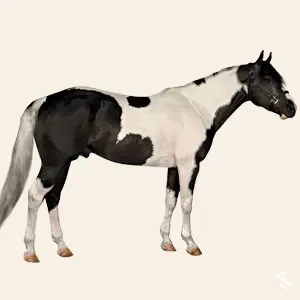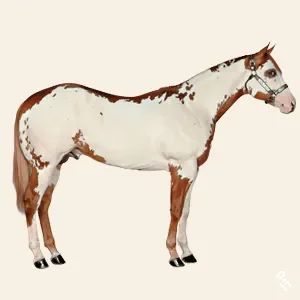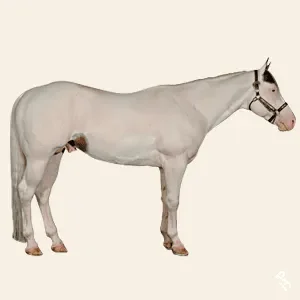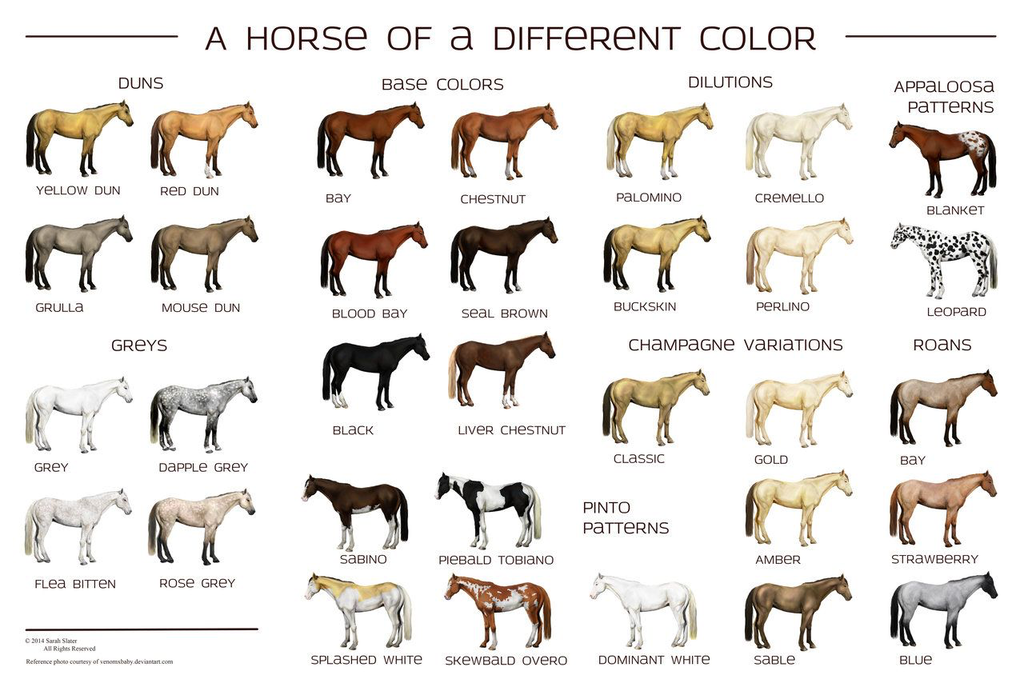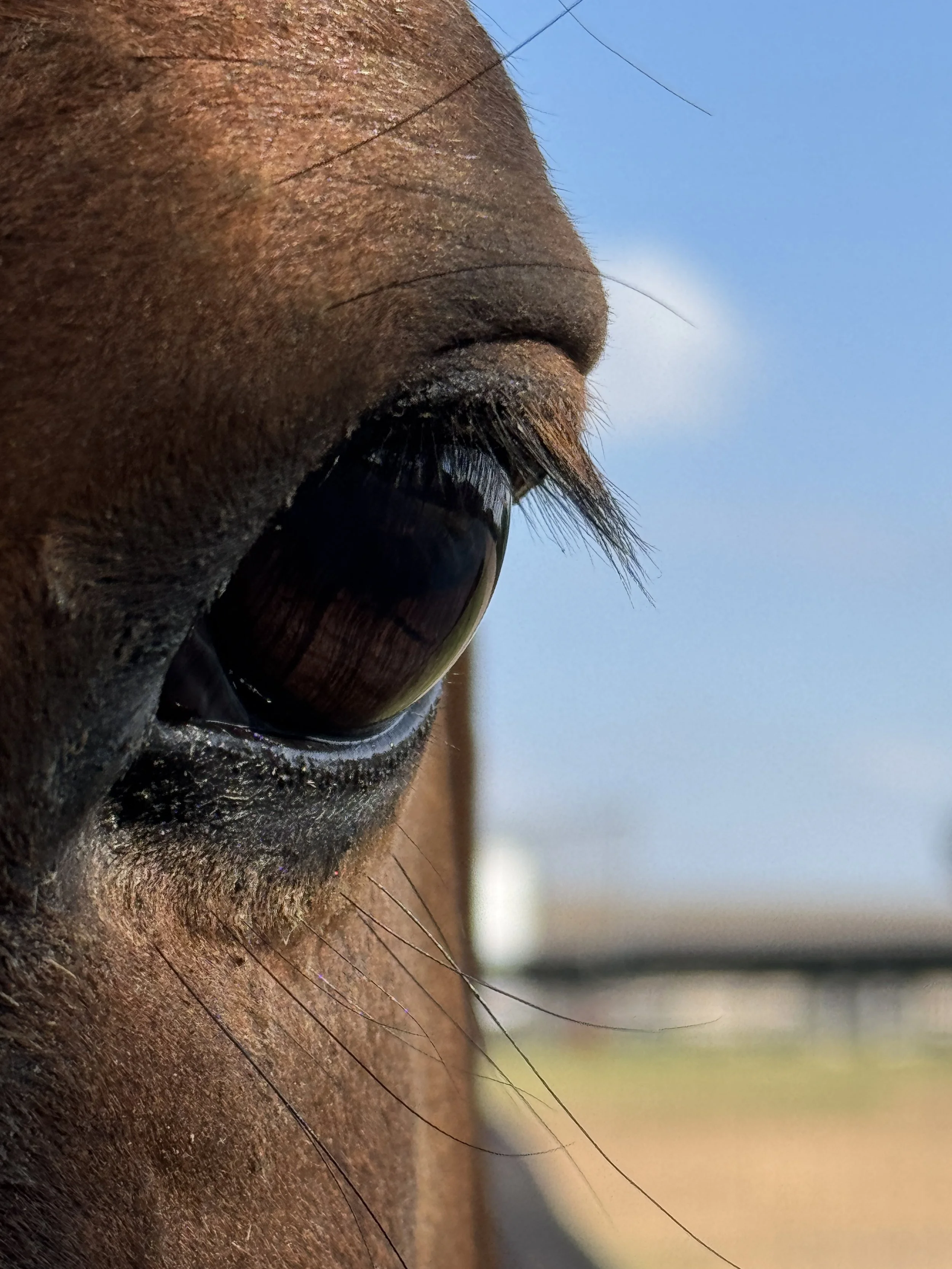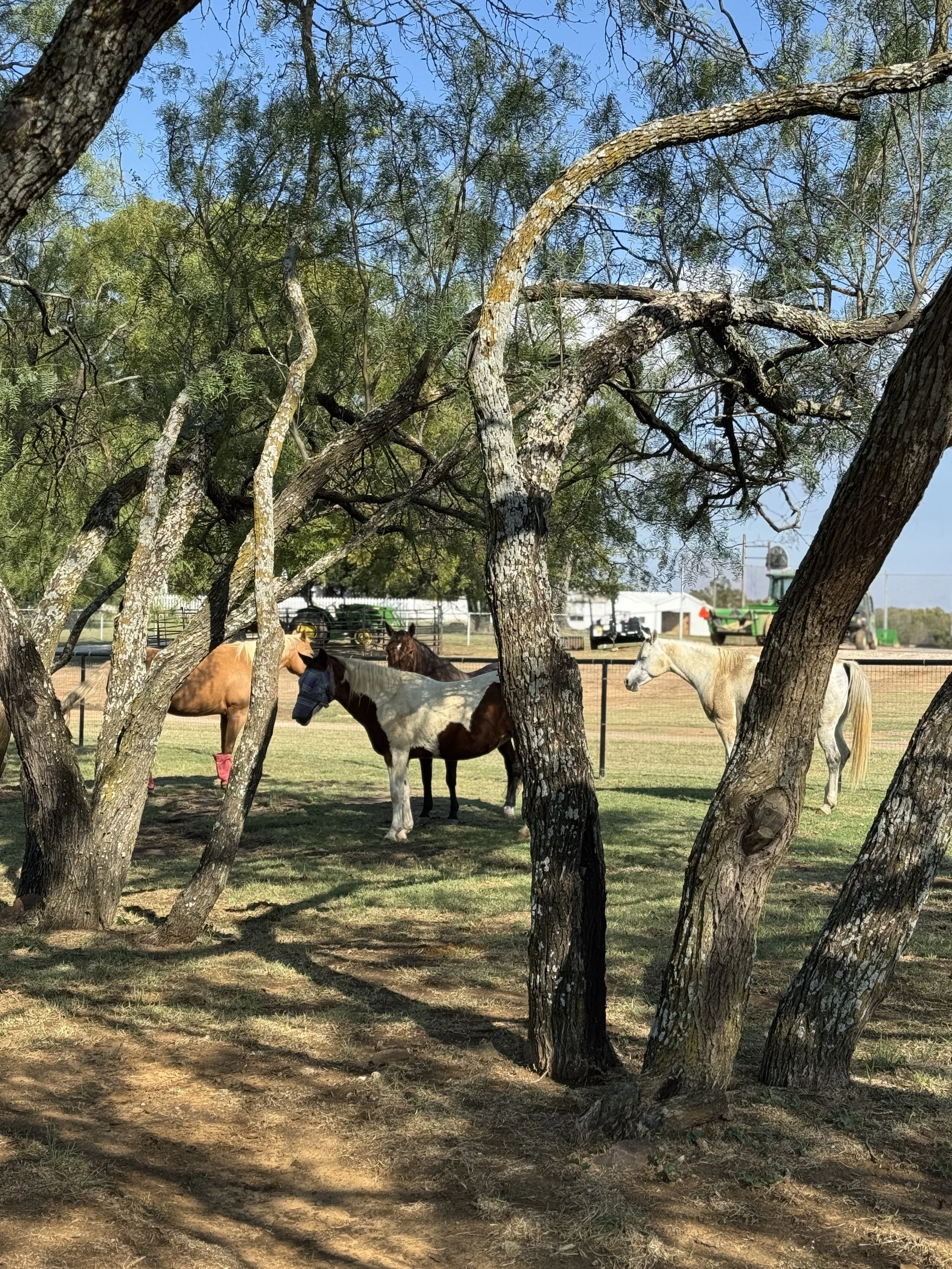October 31, 2025: Saddle Soap, Awkward Moments, and Official Paperwork
This week was all about cleaning: my saddle, my horse, and even my to-do list.
The weather turned windy and cold, so we didn’t ride as much, but that gave me time to tackle a few overdue chores. It started with one simple goal: give Bee’s tack a good deep clean. Little did I know it would turn into a week of research, discoveries, and a few slightly awkward lessons in horse care.
To Soak or Not to Soak?
One of the biggest debates in saddle care is whether you should ever get it wet. Some riders swear you should never soak a saddle, while others hose them off regularly. Mine hadn’t had a proper cleaning in far too long, so I went all in with the hose.
I gave it a good rinse, scrubbed with Dawn dish soap (yes, it strips oils, but that was the goal this time), and let it dry completely before conditioning. Saddles are built to handle sweat, weather, and long rides, so a careful wash is fine as long as you dry and recondition afterward.
Cleaning the Roughout
Another hot topic is the roughout, the fuzzy, suede-like part of a saddle that gives you grip. Some people say to never touch it, but mine was dusty and grimy enough to justify a little elbow grease. I used mild soap and water, scrubbed gently, and it came out fresh without damage. It darkens a bit when wet but returns to normal once dry.
Commercial Products vs. Olive Oil
When it came time to condition the leather, I used a commercial product this round, but olive oil isn’t off the table. Purists warn it can darken leather or turn rancid, but it has been used for generations. I may still go back over it with a light coat because this saddle soaked up conditioner like a sponge.
The Awkward Part: Cleaning Bee
Horse owners talk about everything, not just grooming. No topic is off limits in a good barn chat, and thank goodness for that.
This week I learned something new (and honestly, a little shocking). I already knew that geldings need regular sheath cleaning and that you sometimes have to remove the “bean” — a small, waxy lump that can form inside the tip of the sheath and cause irritation if it isn’t cleared out. But it turns out mares have their own maintenance needs too.
I always rinse Bee after rides, especially her undercarriage and teats, but I had never thought to look between them. Let’s just say there was some gross, oily buildup that had clearly been there a while.
It hit me later. Imagine if humans didn’t clean their private parts for, gulp, nearly eleven months. Poor Bee! I felt terrible that I didn’t know this sooner. Maybe that’s why a few of the other mares gave her funny looks at first. I think the geldings liked it though.
Here’s what I’ve learned from the wise women at the barn (and Bee’s not-so-patient cooperation):
Between the teats: Sweat and natural oils collect here and can build up into a sticky residue. Gently clean it with warm water and a soft sponge or cloth. Beware! Horses kick when they are irritated.
Under the tail and around the dock: Dirt and sweat can dry here and cause irritation, especially in warm weather. Wipe with a damp cloth or soft brush.
Vulva area: Yes, it needs attention too. Use warm water or a mild, horse-safe cleanser (no harsh soaps) and wipe front to back to avoid introducing bacteria.
Between the hind legs: This area traps salt and sweat, so a rinse after rides is always a good idea.
Mares don’t need this deep cleaning every day, but a gentle check every few weeks keeps them comfortable and healthy. Work slowly, use warm water if possible, and let your mare know what you’re doing. She’ll learn to tolerate it, and you’ll both get better at it.
It’s not glamorous, but this is one of those “no one told me, so I’m telling you” lessons every horse owner eventually learns.
To Clip or Not to Clip
I’m very lucky to be surrounded at Equine Obsession with boarders and staff that really know their horse stuff. Not to mention a bevy of friends and veterinarians that are always willing to lend and ear and opinion. This week’s conversation starter? Whether or not to clip a horse’s facial whiskers.
I’ve always heard not to clip whiskers on cats and dogs because they use them to sense and navigate their surroundings. That got me wondering, does the same apply to horses? Turns out, yes, it does.
A horse’s whiskers, technically called vibrissae, are sensitive tactile hairs that help them “see” the world up close. They use them to feel surfaces, gauge distances, and even detect obstacles when their noses are near buckets, feeders, or other horses.
Some owners prefer a trimmed look, especially for show horses, while others leave them natural for function and comfort. In fact, several European countries and the FEI, the international governing body for equestrian sports, have banned whisker clipping entirely on welfare grounds.
Bee’s got plenty of whiskers, and I’m in no rush to make a decision. For now, Bee’s keeping her whiskers au naturel while I keep researching before deciding if form or function wins out in our case. For now, she’ll keep her natural “feelers,” and I’ll keep learning.
A Little Paperwork Clean-Up
In keeping with this week’s cleaning theme, I finally checked something big off my to-do list: transferring Bee’s ownership with the American Paint Horse Association (APHA).
I’ve had the signed paperwork from her prior owner since January 16, but I hadn’t made it a priority until now. It felt good to finally make it official.
So why does it matter?
The APHA is the official breed registry for American Paint Horses, which are stock-type horses with Paint, Quarter Horse, or Thoroughbred lineage. Known for their intelligence, athletic ability, and often their beautiful white markings, Paint Horses stand out in the show ring and on the trail alike.
To be registered, a horse must have both parents recorded with the APHA, AQHA, or Jockey Club, and at least one parent must be an APHA horse. If a horse has two non-APHA parents (both Quarter Horse or Thoroughbred), then it must meet APHA’s white-marking requirements to qualify.
Registered Paints are classified by their coat pattern type and registry status. There are four primary pattern categories, and each one tells its own story:
Tobiano - The most common pattern. These horses usually have white crossing the topline between their withers and tail, with darker color on one or both flanks. Legs are often white, and their spots are clean, rounded, and regular, almost like a patchwork shield across the chest and neck. Their tails often show two colors.
Overo - This pattern includes several types such as frame, splash, and sabino, and the white generally does not cross the horse’s back. Overos often have dark legs, splashy irregular white markings, bold facial markings like bald or apron faces, and sometimes blue eyes.
Tovero - A mix of Tobiano and Overo genetics. They can have blue eyes, dark “masks” around their ears and muzzle, and splashes or dark spots on their flanks or chest. They’re often the most colorful of all Paints.
Solid Paint-Bred (like Bee!) - Solid Paint-Bred horses meet all APHA bloodline requirements but simply don’t display large white patches. Some solids still carry white-spotting genes even if it doesn’t show on their coat.
Bee falls into this last category. She’s a Solid Paint-Bred mare, which means she’s fully registered and recognized by the APHA; she just skipped the flashy paint job. Her Sire (Dad) and Dam (Mom) were both Tobiano.
Beyond registration, the APHA supports its members with everything from genetic tools and breeder programs to shows, performance tracking, and education. It’s a community that celebrates both the science and the soul of the horse.
So Many Breeds, So Many Colors
The APHA is just one of more than 350 recognized horse breed registries worldwide, but Paints are among the most distinctive. What makes them special isn’t just their color—it’s their temperament, versatility, and history as part of America’s Western and ranch heritage.
Across all breeds, horses come in about a dozen base coat colors—bay, black, chestnut (sorrel), brown, gray, dun, buckskin, palomino, grullo, cremello, perlino, and roan—with countless variations. Add in dilution and spotting genes, and you get more than forty recognized colors and patterns across the equine world.
That’s part of what makes Paint Horses so unique. Their coat patterns are like snowflakes—no two are ever the same. Whether it’s the bold patches of a tobiano, the splashes of an overo, or the understated shine of a solid like Bee, each Paint tells its own story.
Bee’s Sire/Dad was bay and her Dam/Mom was red dun, this must be why she looks red in the summer and dark brown in the winter. Her mane and tail remain black all year round with some red and grey hairs showing up now and then! Bee’s sleek bay coat suits her perfectly and proves that color doesn’t define quality, heart, or personality.
Learning and Looking Ahead
This week we learned a lot about saddles, mares, and paperwork. Bee handled the chilly weather like a champ and continues to impress me with her adaptability and attitude.
We’re both looking forward to the big barrel arena on the west property being finished soon so we can stretch out and practice some real patterns. Until then, I’ll keep brushing, scrubbing, and learning one slightly awkward but always rewarding step at a time.
Until next time,
Christina & Bee 🐴💛
When your horse’s lashes are longer than yours, and she knows it.
Caught them plotting behind the trees again. Probably snack-related. 🍎🥕

